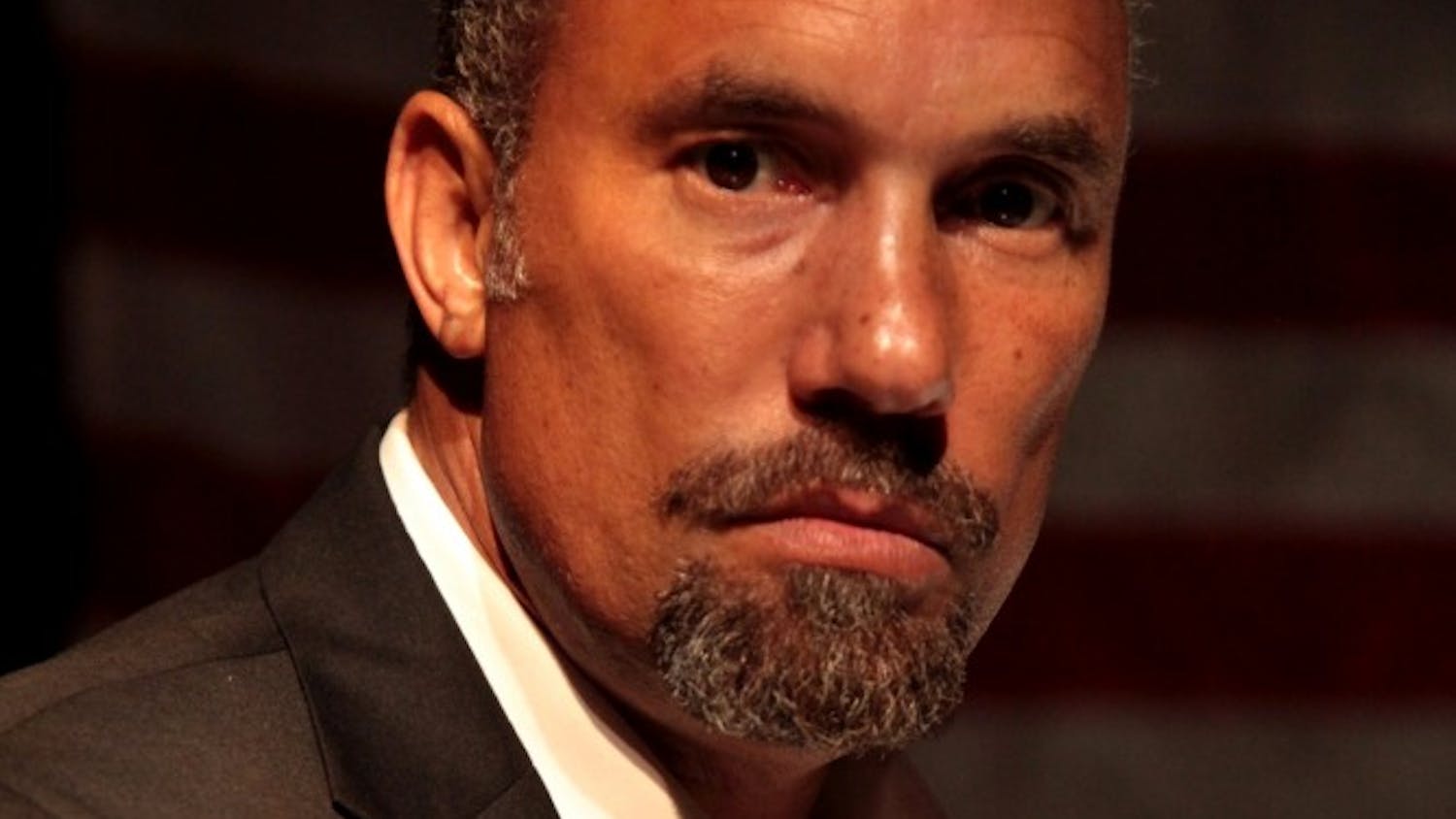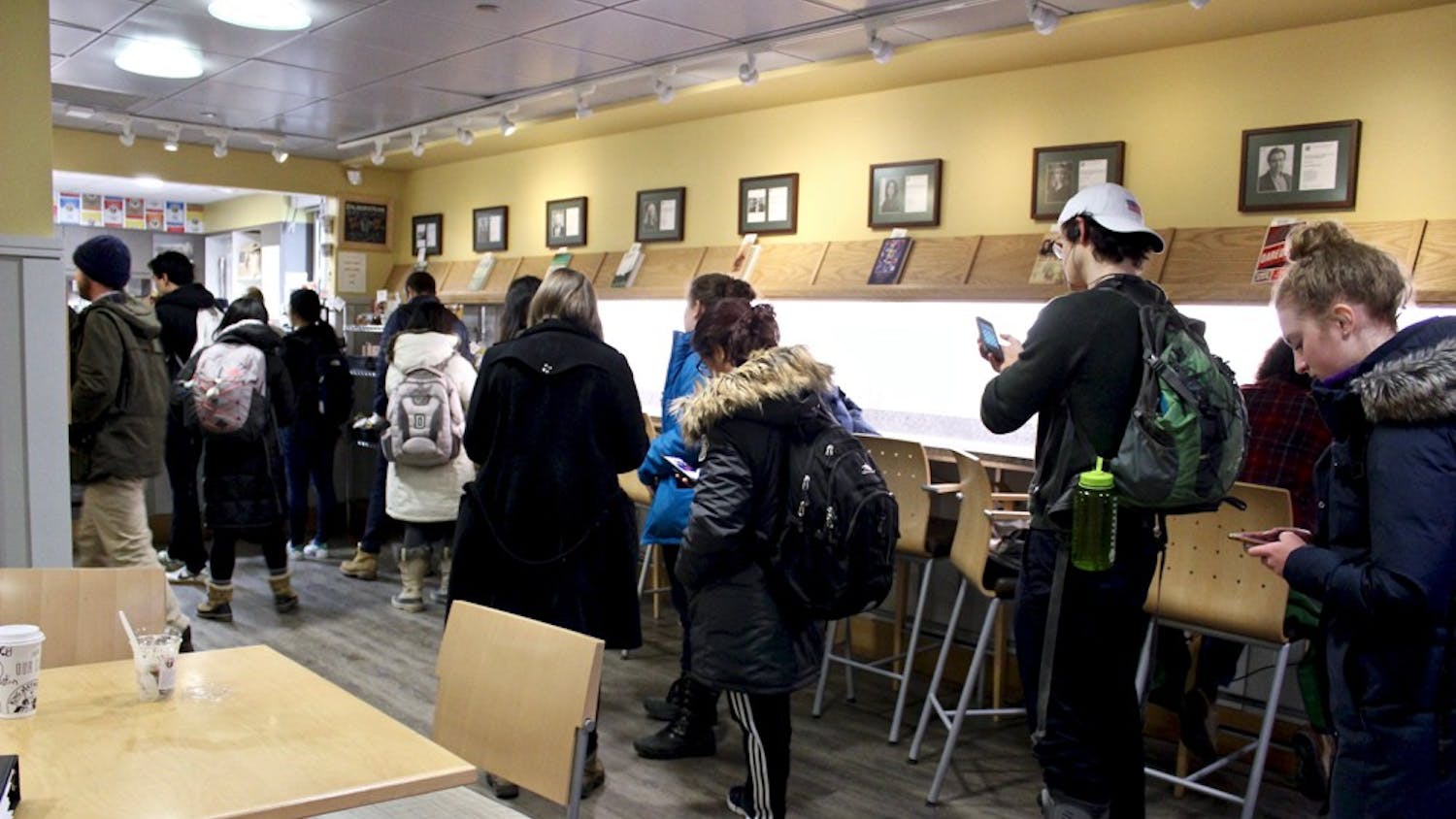Every time I pass through the Hopkins Center this summer, I feel disconcerted by how empty the building is. Student-led tour groups, which usually crowd the space in front of Moore theater, are now outside, enjoying balmy weather on the Green. Voices can sometimes be heard floating over from the Hinman mailboxes, but no one is seen. The windows of the Courtyard Café are dark, while the hallway next to it seems perpetually submerged in half-darkness. Granted, campus is a lot emptier during summer, but the silence permeating the Hop seems especially out of the ordinary.
Not coincidentally, the Courtyard Café is closed for the summer. While this makes sense logistically — a smaller student population gives the College less incentive to spend as much energy and money on multiple dining facilities — students are understandably frustrated by the lack of dining options. However, the Courtyard Café’s closure this term presents a larger problem. With the Café closed, fewer students are visiting the Hopkins Center, and that greatly diminishes the Hop’s ability to facilitate student engagement with the arts.
In my architecture class, ARTH 47.03, "Contemporary Architecture," I learned how the architect Wallace K. Harrison purposefully placed the student café and mail room within the main building of the Hop. He wanted students to be constantly exposed to the arts. His idea was that each day, as students went to grab food or pick up a package, they would see their peers working in the arts in viewable studio spaces, as well as galleries that showcased pieces by students and non-Dartmouth artists alike. The Hopkins Center would thus serve as Dartmouth’s cultural hub, constantly connecting students to the arts in spite of the College’s remote location.
And, although Harrison’s design was modified even before the Hopkins Center’s construction, his plan was successful. During a normal term, I often hear choral rehearsals, glimpse a theater class in session or see new art at the Booth exhibit on my way to eat at the Courtyard Café. Part of the cafe’s essential function, then, is to bring students into the the artistic space created by the Hop, facilitating student engagement with the arts on campus.
The Café’s closure, however, means that it can’t draw in students like it does during the school year. This means an inevitable reduction in student engagement with the arts within the Hop.
The lack of students at the Hopkins Center is a shame and a missed opportunity. The center offers extensive programming over the summer — SHIFT 2019 and VoxFest took place earlier this term, and many concerts, student productions and other live arts events have also been offered on the summer calendar. With so much going on, one would expect the Hopkins Center to be bustling as usual.
Unfortunately, the opposite is often true. Unless students have a class at the Hopkins Center, they rarely enter the building. Personally, the only time I’ve seen the Hopkins Center look busy this term was when a free viewing of the live-action “Lion King” was offered during Sophomore Family Weekend. And while that in itself is fine, I wish bustling crowds at the Hop were the norm, and not the exception, during the summer.
I hope the College keeps the Courtyard Café open next summer. It would also continue fostering students’ interactions with the arts via the Hopkins Center. No matter how much art is on display or how many programs are offered, an arts space can’t function without people.



